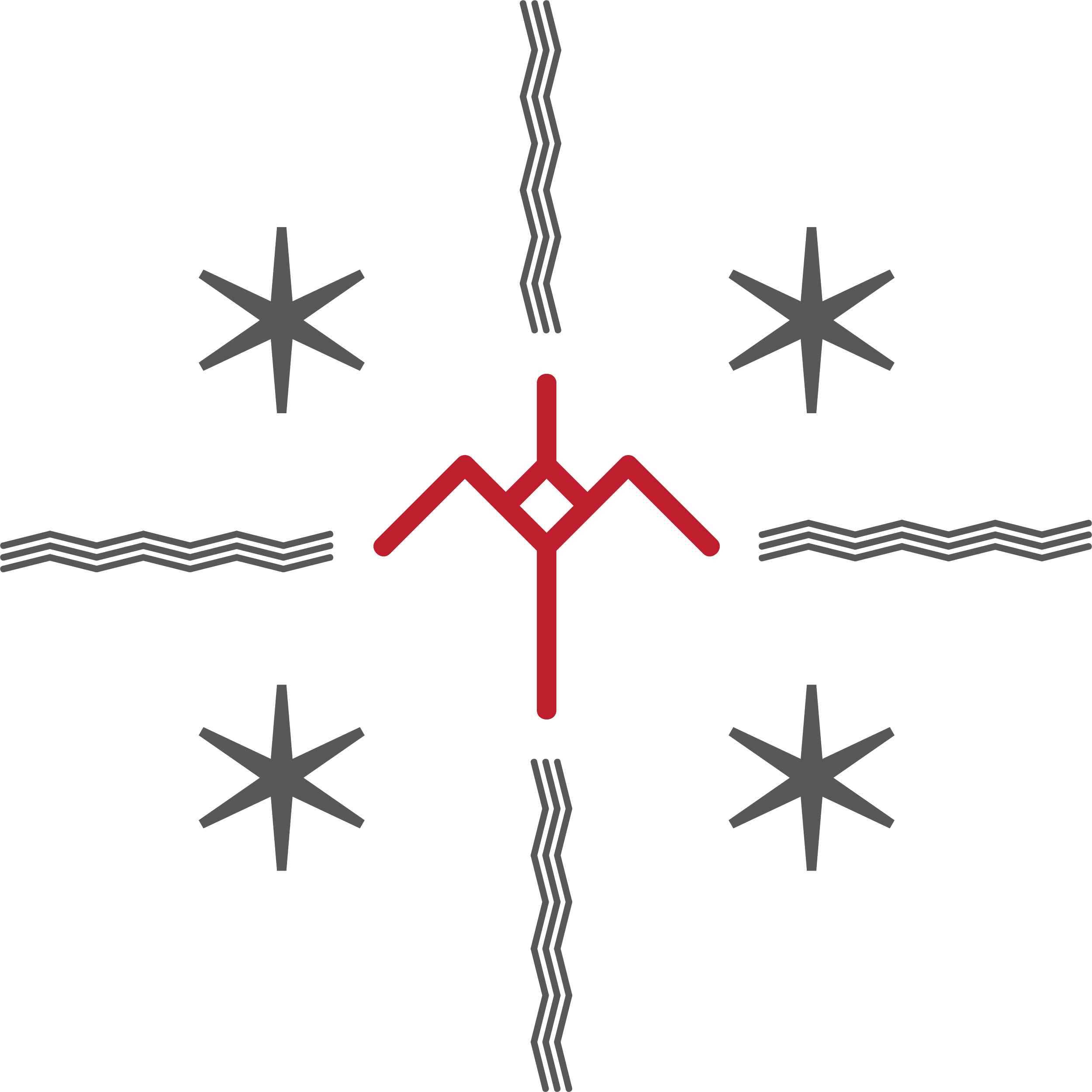Tukutuku Patterns: A Tapestry of Cultural Richness
***Disclaimer***
This article was AI generated and while it’s purpose is to be informative, it does:
A - Not reflect our personal views in any way and
B - Should not be relied upon as a sole source of information for the subject under discussion.
Introduction:
Nestled within the heart of Maori artistry lies the captivating tradition of tukutuku patterns. These intricate geometric designs, meticulously woven, are more than mere adornments; they are a reflection of the Maori people's rich cultural heritage, spirituality, and storytelling. In this exploration, we delve into the world of Maori tukutuku patterns, unraveling the meanings woven into their very fabric.
The Origins and Evolution:
The roots of tukutuku weaving can be traced back to the traditional construction of wharenui, or meeting houses, where these panels adorned the walls. Over time, the art form has evolved, finding its way into various aspects of Maori culture, from clothing and adornments to contemporary art pieces.
Geometry with Purpose:
At first glance, the geometric precision of tukutuku patterns may appear purely aesthetic, but each element has a purpose and carries cultural significance. Patterns often incorporate repetitive shapes such as triangles, diamonds, and chevrons, each symbolising different aspects of Maori cosmology, genealogy, and spirituality.
1. **Poutama – Stairway to Enlightenment:**
One of the most prevalent tukutuku patterns is the poutama, a design resembling a stairway. Symbolising personal growth, achievement, and the pursuit of knowledge, the poutama reflects the journey of life and the continuous quest for enlightenment.
2. **Aramoana – Swirling Sea of Connections:**
The aramoana, or swirling sea pattern, is a representation of life's journey and the interconnectedness of all living things. Woven into the tukutuku panels, it serves as a reminder of the fluid and ever-changing nature of existence.
Preserving Culture through Weaving:
Tukutuku weaving is not merely a traditional craft; it is a living art form that continues to evolve. Skilled weavers, often entrusted with the knowledge passed down through generations, play a crucial role in preserving and revitalising this cultural treasure.
Contemporary Expressions:
In contemporary times, tukutuku patterns have transcended their traditional confines and found new expressions in various art forms. From modern clothing designs to visual arts, these patterns have become a powerful means of asserting Maori identity and pride.
Conclusion:
The art of tukutuku weaving is a testament to the Maori people's ingenuity and cultural resilience. As we explore the mesmerising world of these patterns, we witness the threads of tradition weaving a tapestry that transcends time. Beyond their aesthetic allure, tukutuku patterns embody the essence of Maori culture, encapsulating stories, spirituality, and the enduring spirit of a people deeply connected to their roots.
